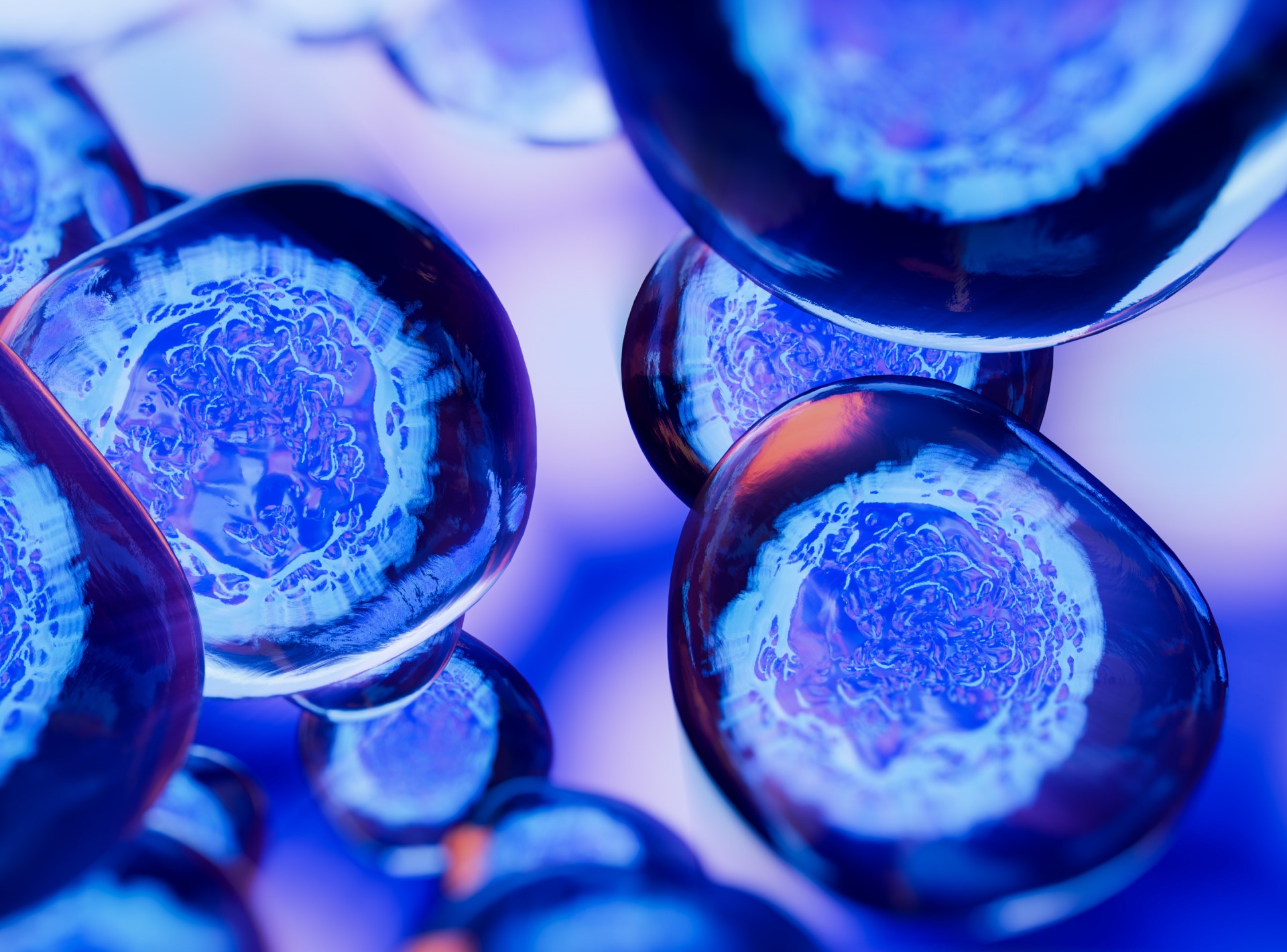West Australian researchers from the Harry Perkins Institute have made groundbreaking progress in reprograming human stem cells.
The team, led by UWA and the institute’s Professor Ryan Lister, alongside Professor Jose Polo from Monash University and the University of Adelaide, developed a new method to mimic embryonic stem cells (ES) using the non-reproductive adult cells of the body, a breakthrough with significant implications for biomedical and therapeutic uses.
The ability to artificially reprogram human somatic cells, such as skin cells, into induced pluripotent stem (iPS) cells has provided a way to theoretically produce an essentially unlimited supply of ES-like cells endowed with the capacity to generate virtually any other cell in the body – pluripotency.
“However, a persistent problem with the conventional reprograming process is that iPS cells can retain an epigenetic memory of their original somatic state, as well as other epigenetic abnormalities,” Professor Lister said.
“This can create functional differences between the iPS cells and the ES cells they’re supposed to imitate, and specialised cells subsequently derived from them, which limits their use.”
Somatic cell reprogramming requires substantial epigenome remodelling and, historically, controlling the ectopic expression of the transcription factors OCT4, KLF4, SOX2 and MYC (collectively referred to as OKSM) has been the most widely used method.
Conventional OKSM reprogramming produces human iPS (hiPS) cells in a primed pluripotent state (primed-hiPS cells) that resemble post-implantation epiblast cells, but recent developments have enabled the reprogramming of somatic cells to a naive pluripotent state (naive-hiPS cells) resembling the pre-implantation epiblast, including low global DNA methylation.
Previous reports had shown that DNA methylation and histone modifications encode these epigenetic differences, however, the exact mechanisms underpinning how aberrant epigenetic states emerged during reprogramming remained unknown.
By examining the reprogramming methods, the team was able to investigate how an epigenomic reset was influenced by distinct developmental states of pluripotency.
Dr Sam Buckberry, a computational scientist from the Harry Perkins Institute, UWA, and Telethon Kids Institute, explained that they were able to pinpoint when epigenetic aberrations emerged and introduce a new epigenome reset step to avoid and erase them.
“By combining our new understanding of epigenomic reconfiguration during reprogramming, we hypothesised that we could avoid somatic cell epigenetic memory and aberrant DNA methylation by reprogramming through a transient naive-like state, like the demethylation observed during embryonic development,” he said.
The team reprogrammed fibroblasts with a transient naive culture treatment for five days after an initial seven days of culturing in fibroblast medium, followed by acculturation in a primed medium for the remainder of the reprogramming to generate the new TNT-hiPS cells.
“The new method mimics the epigenetic reset that occurs during the first stages of embryonic development, the epiblast, a highly pluripotent state known to generate extraembryonic mesoderm and all foetal cell lineages, including the germ line,” Dr Buckberry said.
“This significantly reduces the differences between iPS cells and ES cells and maximises the effectiveness of how hiPS cells can be applied.”
The TNT-hiPS cells differentiated into many other cells, such as neuron progenitors, better than those generated using the standard methods.
“Testing for genetic aberrations in the hiPS cell lines from those methods revealed cell lines which had megabase-scale deletions, and one primed-hiPS cell line with a deletion of about 600 kb, whereas we detected no aberrations in the TNT-hiPS cell lines,” Professor Lister said.
“The correction of methylation and heterochromatin (H3K9me3) demonstrates that most epigenetic memory in hiPS cells can be corrected and suggests that TNT reprogramming reorganizes chromatin architecture beyond what is achieved in conventional reprogramming.
“We predict that TNT reprogramming will establish a new benchmark for cell therapies and biomedical research, and substantially advance their progress.”


